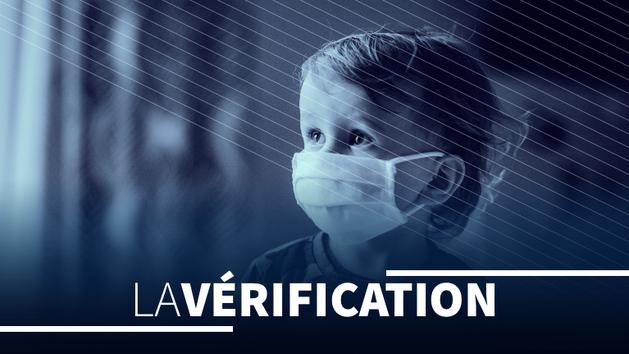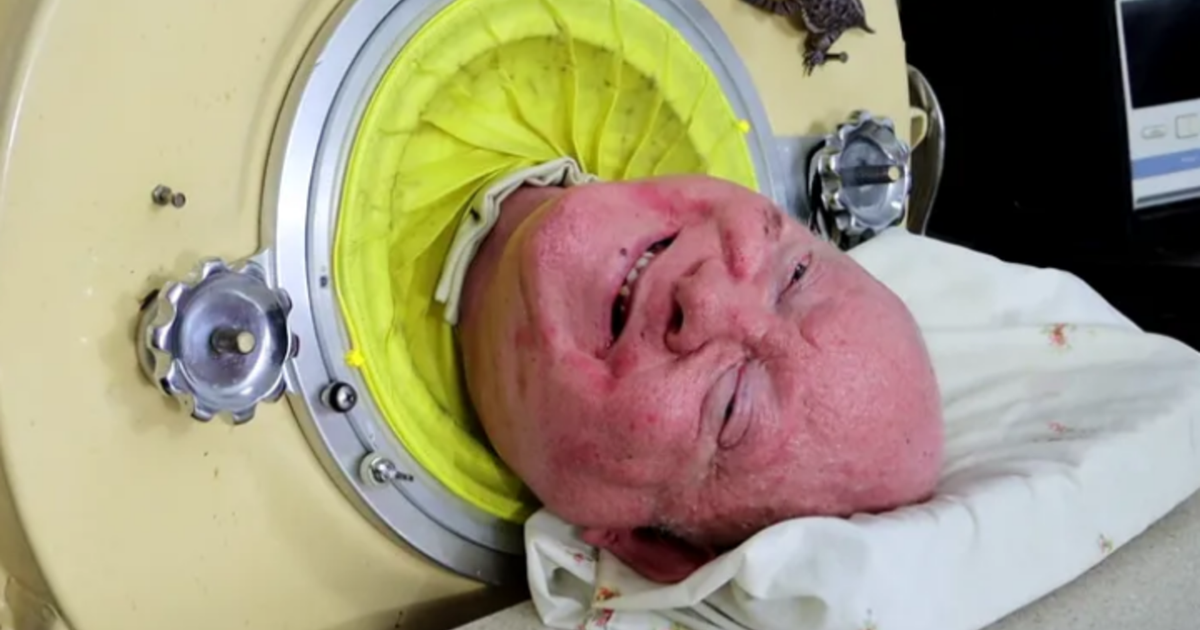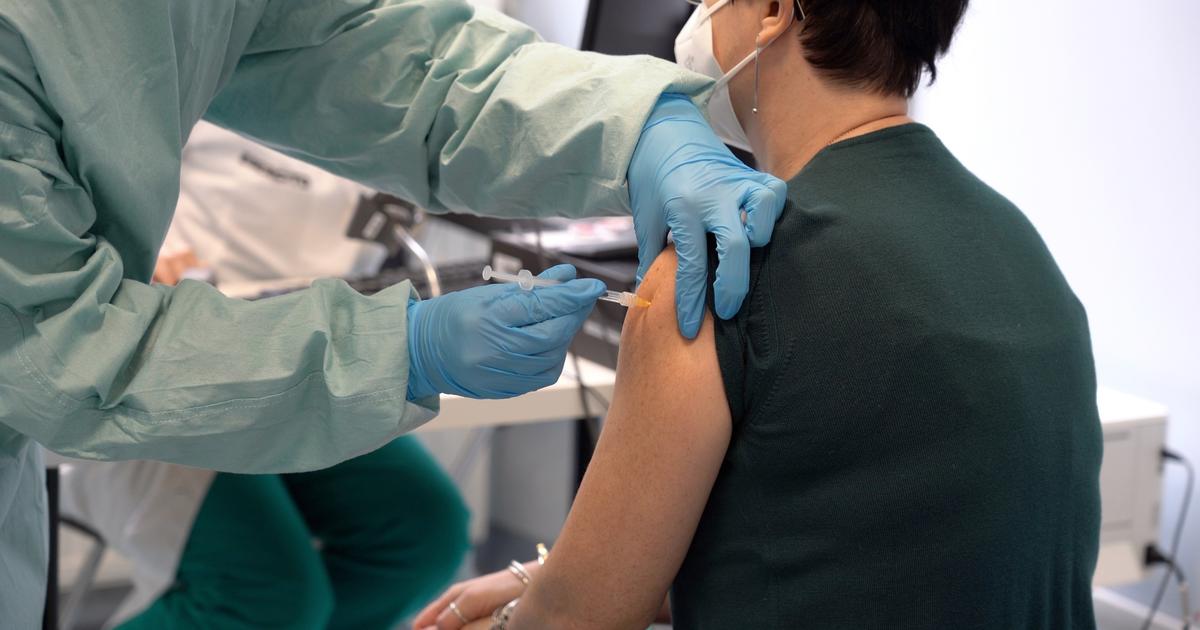The question. Friday morning, an AFP dispatch repeated in many media (including Le Figaro) sowed doubt on a subject that was thought to be closed for several weeks: the role of children in the spread of the epidemic. While most of the work tended to show that the youngest did not transmit the virus much, the dispatch titled Covid-19: young children could be extremely contagious , seemed to say ... quite the opposite. Right or wrong ?
The answer . The AFP report is based on an article published in the very serious journal JAMA Pediatrics. American scientists measured the viral load in the nose of 145 patients suffering from a mild to moderate form of Covid-19 disease, a week after the onset of their first symptoms. The patients were divided into three groups: 46 children under five, 51 children aged 5 to 17, and 48 adults between 18 and 65.
The team observed the presence of SARS-CoV-2 in amounts 10 to 100 times greater than others in the airways of young children. This prompted Taylor Heald-Sargent, a pediatrician at Ann & Robert H. Lurie Hospital in Chicago and the study's first author, to say, "Children have similar and possibly higher levels of the virus than children. adults. It would not be surprising if they were able to spread the virus and spread it to others. "
We are therefore already far from a conclusion that would make children extremely contagious vectors. The authors also specify that this study was not intended to prove that young children disseminated Covid-19 as much, or more, than adults ...
" The results of this study are in fact not surprising," adds Dr. Robert Cohen, pediatric infectious disease specialist at the intercommunal hospital of Créteil. At least two other studies published in scientific journals had already shown the same thing. While the amount 10 to 100 times greater may seem overwhelming, we are in fact in the same orders of magnitude. Above all, viral load is certainly a contamination factor, but it is not the only one. And for the moment, everything suggests that children are not super-contaminators. "
Work carried out by Corinne Levy, epidemiologist at the Center Hospitalier Intercommunal de Créteil, posted on the MedRxiv site and recently validated by the Pediatric Infectious Disease Journal , shows that children are 2 to 7 times less infected than adults. If we synthesize these two results : " children are less infected than adults, but when they are, they are just as much as adults ", explains Dr. Robert Cohen. And despite a normal to high viral load, they very rarely do in severe form.
Last June, a study conducted by Arnaud Fontanet, epidemiologist at the Institut Pasteur in the schools of Crépy-en-Valois was already going in the same direction. . "We found that teachers were little affected, we only discovered three cases (or 7%) [of the six primary schools], then explained Bruno Cohen, co-author of this study. A percentage that is similar to that observed among parents of uninfected children, 7%. On the other hand, the proportion of infections is very high (61%) among the parents of children who have themselves been infected. Schools having been closed on February 14, one tends to think that the contamination was thus made in the family environment rather than in the school environment, and rather from parents towards the children than the reverse. "
In addition, 40% of the children who developed antibodies had not shown any symptoms in the weeks preceding this study. "I see here a significant bias in the JAMA study," comments Yazdan Yazdanpanah, head of the infectious diseases department at Bichat hospital and member of the scientific council. By focusing only on symptomatic children, one cannot draw any conclusion about contagiousness in general. Because, whatever the results of this study may think, it does not say anything about the contagiousness of asymptomatic people, however the majority. In addition, it is a very small sample of patients. This should encourage us to look at the results with the greatest caution. Especially since this subject remains very debated. "
Dutch epidemiologist Susan van den Hof co-signed an article on the study of 54 families explained last May in the journal Science that “the data all seem to point in the same direction: there is not so much transmission. by children than that. "
"It is a sensitive and complex subject and which in my opinion has not yet been fully resolved " , concludes Yazdan Yazdanpanah. " We are preparing for a complicated return to school and we have developed a health protocol which should make it possible to limit the risks," adds Dr. Robert Cohen. But trust is essential in this regard. "Not sure that this JAMA study didn't help much ...









